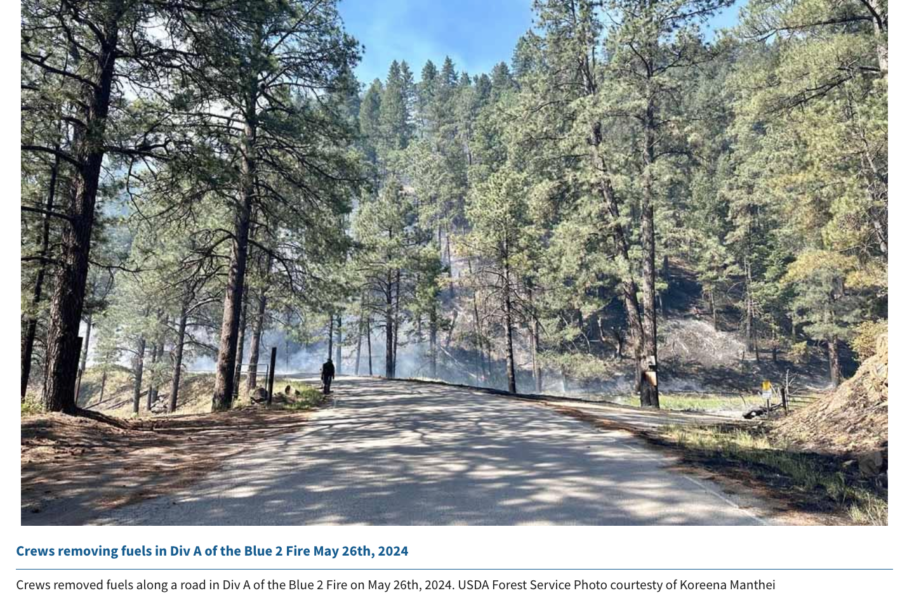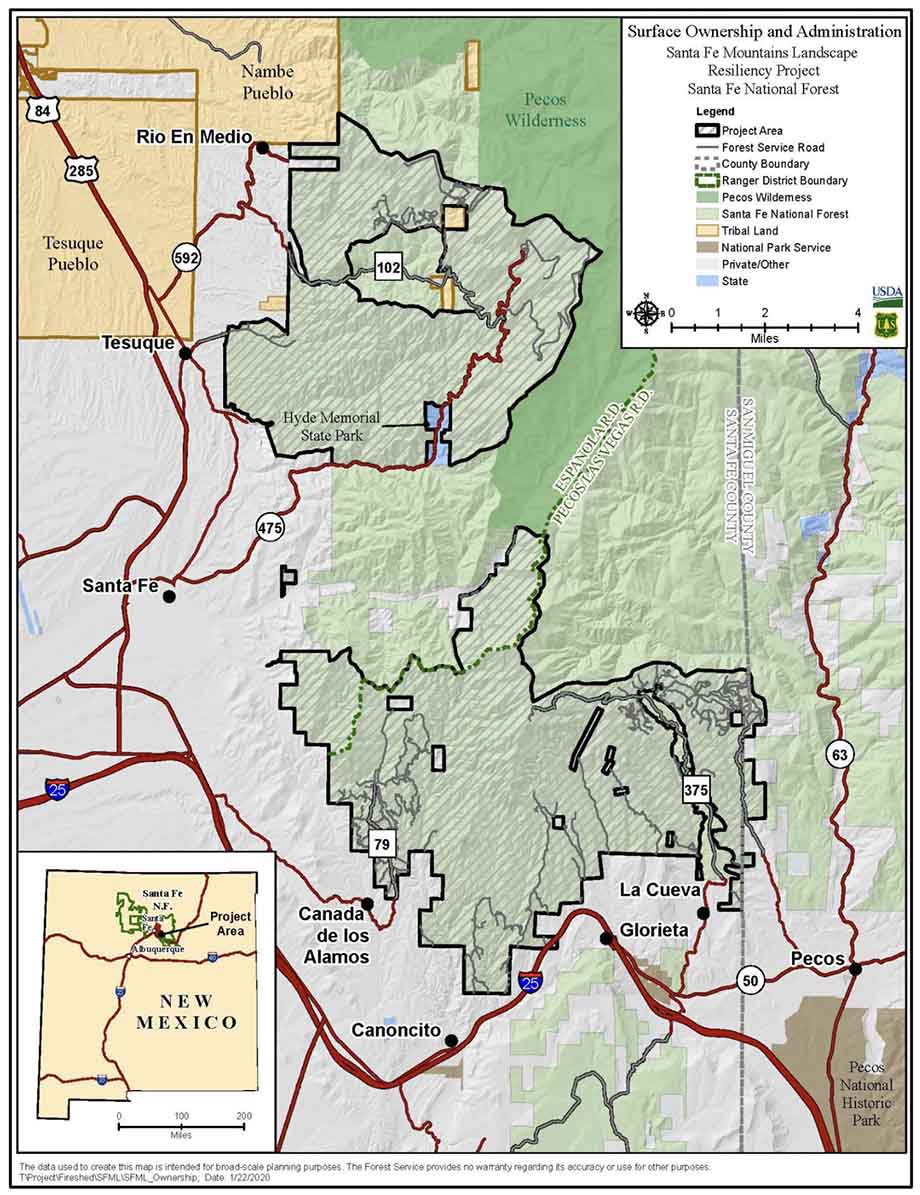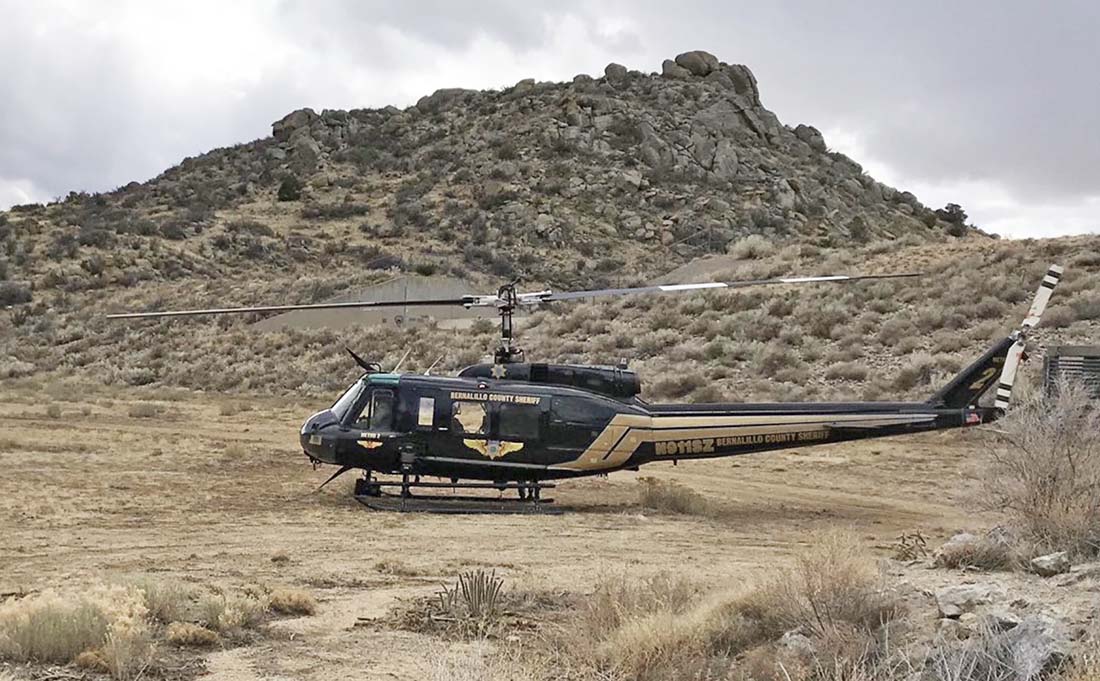Emergency officials ordered residents of Ruidoso to evacuate last Monday the 17th, and to do it immediately, ahead of a fast-moving wildfire in southern New Mexico.
UPDATE: RUIDOSO, N.M. -- The FBI is offering a $10,000 reward for information about those responsible for starting two New Mexico wildfires that killed two people and destroyed hundreds of homes in the past week. The agency seeks information in connection with the South Fork Fire and the Salt Fire near Ruidoso. The South Fork Fire was 26 percent contained on Saturday and the Salt Fire was just 7 percent contained on Saturday morning; full containment's not expected till July 15.
“GO NOW: Do not attempt to gather belongings or protect your home. Evacuate immediately.” Residents of the village of Ruidoso got this message about 7 p.m. from local officials if they were online. CBS News reported that the Public Service Company of New Mexico shut off power to about 2000 customers in the town — at the request of fire managers — when the fire burned to nearly 1300 acres.
KRQE-TV reported that hot ash was falling in nearby community of Alto.
By Tuesday officials said the fire was over 13,900 acres and was zero percent contained. The fire’s threatening multiple structures, officials said, and numerous buildings had been lost. Highways are closed and traffic’s being re-routed to Roswell, where hospitals were trying to admit as many patients as possible as they were moved from the hospital in Ruidoso.
The South Fork Fire started Monday on the Mescalero Apache Reservation, where President Thora Walsh Padilla declared a state of emergency. It’s burning on tribal land and USFS land around Ruidoso.
A second fire, the 4880-acre Salt Fire, also was burning with zero containment on the reservation southwest of Ruidoso. Officials have closed Highway 70 from Botella Road to Highway 244 and residents east of Botella Road are evacuating.
Residents at Chatto Ridge are on “ready” status and Apache Summit is being evacuated. The Tribe is receiving reports of multiple additional fires on the Reservation. An evacuation center at Inn of the Mountain Gods Convention Center is available for residents — tribal members or not — at the Mescalero Community Center Gymnasium, and livestock can be held at the Mescalero Rodeo Grounds. Call (575)973-1394 if you need help with hauling your livestock.
::: BY THE WAY, legend has it that the Mescalero Red Hats, along with the Zuni and Santo Domingo fire crews, were the ones who discovered a bear cub with burnt paws in 1950 on the Capitan Gap Fire. That bear would go on to become Smokey Bear, the internationally recognized symbol of the nation’s fire prevention efforts.
with the Zuni and Santo Domingo fire crews, were the ones who discovered a bear cub with burnt paws in 1950 on the Capitan Gap Fire. That bear would go on to become Smokey Bear, the internationally recognized symbol of the nation’s fire prevention efforts.

NOTE FROM Mt. Taylor IHC














